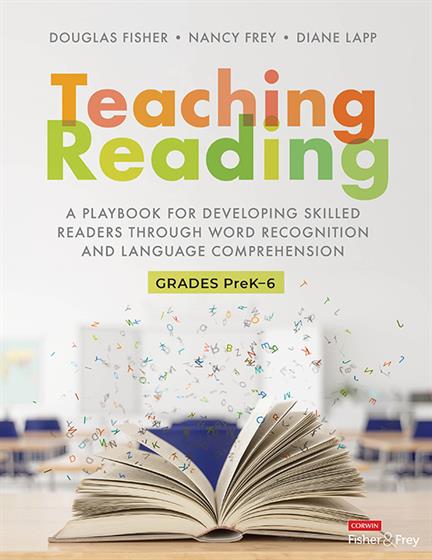Hands-on, Practical Guidance for Educators
From math,
literacy, science, equity, multilingual learners, and SEL, to assessment, school counseling,
and education leadership, our books are research-based and authored by experts
on topics most relevant to what educators are facing today.

Bestseller!
Teaching Reading
A Playbook for Developing Skilled Readers Through Word Recognition and Language Comprehension
Like an animated encyclopedia, Teaching Reading delivers the latest evidence-based practices in 13-interative modules that will transform your instruction and reenergize your career.
Product Details
- Grade Level: PreK-12
- ISBN: 9781071850534
- Published By: Corwin
- Series: Corwin Literacy
- Year: 2022
- Page Count: 304
- Publication date: October 12, 2022
Review Copies
Review copies may be requested by individuals planning to purchase 10 or more copies for a team or considering a book for adoption in a higher ed course. Request review copy



